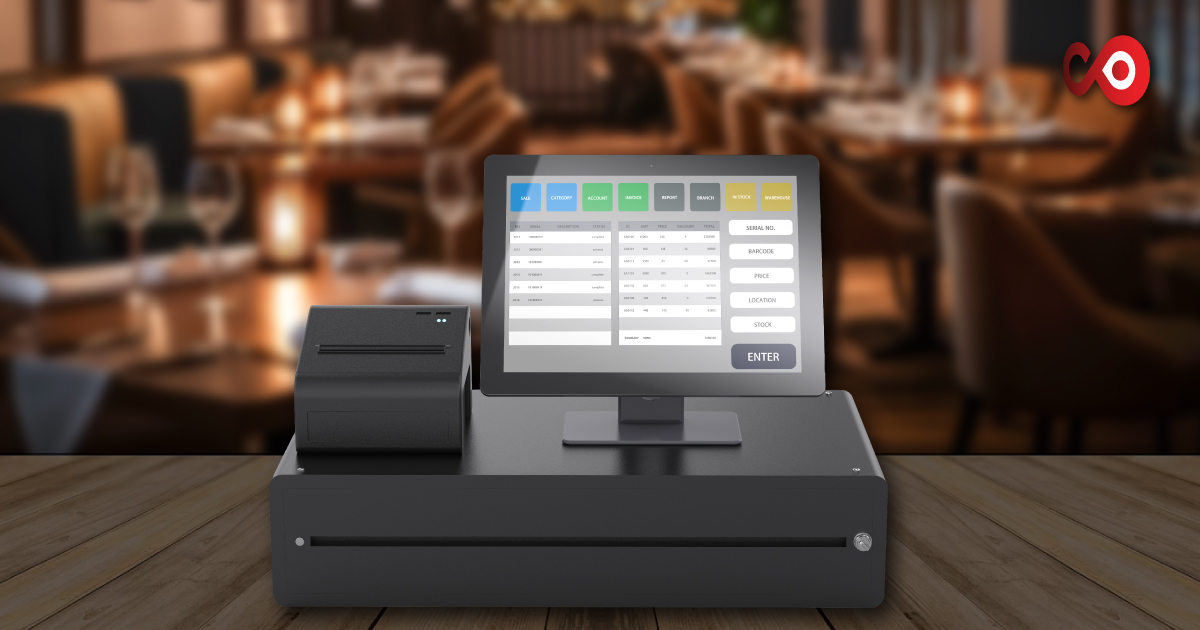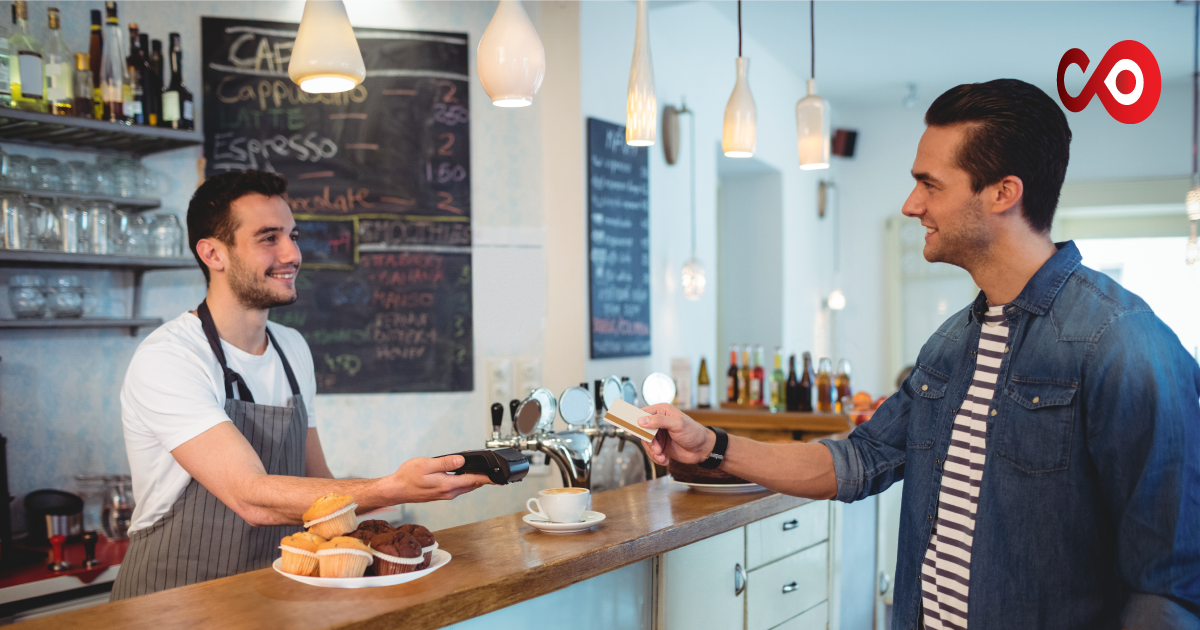Digital marketing for restaurants can seem frightening, but it’s easier than you think. With the correct techniques and tactics, you can design a system that grows your internet reach and brings in new customers. Continue reading to learn strategies that can help your restaurant get more online orders.
Build a User-friendly Website
Look at your restaurant’s website. Does it have a clear navigation system? Is the text large and easy to read? Are the images, colours, and text consistent with your branding? Are the menu and business hours up to date? If not, it might be time for a makeover.
Your goal is to create a visually appealing and usable website. When customers arrive on the website, they should be able to find the information they require in seconds.
Hire a Professional to Take Food Photos
Restaurant marketing is visual; a beautiful food photo may convince customers to try your business. Furthermore, well-composed, well-lit photographs help your company appear credible and competent.
In other words, excellent photos are required.
Unless you’re an expert with a camera, consider hiring an experienced food photographer – this is one area of digital marketing for restaurants that is worth a greater investment for increasing online orders. A professional can figure out the ideal lighting and shoot gorgeous photographs of the cuisine, restaurant, and atmosphere. The pictures can be used in various settings, including your website, online ordering menu, and restaurant social media marketing posts.
Create a Digital Loyalty Program
If you’ve been utilising a punch card-based loyalty program, it’s time to move digital. An online loyalty program allows you to collect consumer email addresses and order information. You may utilise this information to grow your mailing list, offer personalised meal recommendations, and create restaurant social media marketing campaigns.
Tech-savvy customers are unlikely to freely provide their email addresses. To encourage participation and repeat business, you need to ensure the incentives are meaningful and worthwhile.
Use SMS Promotions
SMS promos, when used correctly, can be a valuable addition to your restaurant’s marketing plan. Text messages are an excellent approach to getting your brand in front of clients at a time that suits you. Most individuals have their phones with them at all times, so they are more likely to get your message fast.
What’s the secret? Getting customers to opt in. To promote sign-ups, consider offering a one-time discount or an exclusive dining deal. Then, continue to add value by sending out infrequent promo codes when members are most likely to be looking for restaurants, such as around the end of the week on Friday.
Analyse Customer Data
Your restaurant has a lot of information regarding consumer behaviour. Collect information from your website analytics, social media analytics, loyalty program, online ordering platforms, and POS system and use it to your advantage.
Once the data is flowing, analyse it regularly. Look for changes and patterns to assist you in determining the effectiveness of each marketing campaign and discover the most effective techniques.
If a Facebook ad leads to increased delivery orders, you may allocate a larger portion of your restaurant’s social media marketing budget to subsequent advertisements. Data research can also assist you in identifying clients’ favourite dishes, social media platforms, and marketing strategies.
Run Restaurant Promotions
Consider conducting a limited-time deal to attract both present and future clients. Deals and discounts encourage diners to order from your restaurant, which might give you an advantage over the competition.
To begin, distribute the promotional codes in several internet locations. Use a distinct code for each platform or ad—that way, you can observe which one has the highest response rate. You can also send out codes via email. Do you utilise a third-party delivery app? Most systems allow you to build promotions to attract takeaway and delivery consumers.
Start an SEO-driven Blog
A blog can be an effective addition to your restaurant’s website. Adding additional content boosts your chances of appearing in Google searches, attracting more visitors.
Restaurant blogs have built-in flexibility. You can discuss national food celebrations, share your chef’s favourite recipes, or simply write about issues that appeal to local foodies. Use search engine optimisation (SEO) to ensure that your blog entries appear in relevant Google searches.
Make sure to include some content about your city or geographic region to improve your local SEO. Consider publishing articles about local food specialties or introducing your restaurant’s local suppliers.
Fill out your Google Business Profile
This listing, previously known as Google My Business, is crucial for restaurants since it helps them appear in Google and Google Maps searches. When a customer in your city searches for “restaurants near me,” your establishment is more likely to emerge.
Claim your listing and provide as much information as possible. At a minimum, include your address, website URL, social network handles, business hours, and recent images of the menu, cuisine, and restaurant.
Remember that your establishment’s online reviews will be linked to your Google Business Profile. If you still need to get online reviews, ask your most loyal customers to write them.
Start email marketing
One disadvantage of digital food marketing is that many popular platforms are controlled by third parties, who can revoke your access at any time. That’s why email marketing is so important: you own the mailing list. Furthermore, you do not have to rely on Google or social media algorithms; you can control the timing and content of each email.
Parting Thoughts
So now you know it! Use these nine strategies to increase your Restaurant’s Digital Takeout and Delivery Orders. If you successfully implement these strategies, your restaurant business will surely start getting many more online orders. But begin with the essentials and be patient. These things take time to show satisfactory results.





